Despite the different types of gardening I’ve worked or taken an interest in or the plants that I’ve worked with during my career so far, I’m still getting that same buzz of excitement and satisfaction when picking or digging up a vegetable for eating at the kitchen table.
Our veg plots are the hotspot of activity just now, packed full of colour and scent from the masses of vegetables being just ripe for the picking.
Over the years I’ve had a go at a few methods in which we can grow vegetables now opting for the no-dig way.
What is no-dig gardening?
The name I hope is self explanatory where we feed and improve the soil by spreading composts over the surface annually, being the opposite of the traditional method where they would be dug in.
Another change I work to is the groupings in which we grow our vegetables.
Before they would’ve been separated by whether they were a root crop, pea or bean, potato or a mix everything else.
Now I simplify by keeping this to their families.
Kitchen garden at Scone Palace
In the kitchen garden I look after as head gardener at Scone Palace, we’ve three rows of five beds, 4.5m x 4.5m in size.
The first two beds of the first row are given to the plant family Alliaceae which leeks and onions are a part of.
The palace catering team have been using our home grown onions for a few weeks now, planted as sets at the start of April.
The advantage of planting these young bulbs over sowing seed means you can have an earlier crop.
I love red onions sliced in a salad.
The variety ‘Red Baron’ never lets me down whilst for the white I’m growing the variety ‘Sturon’ which is large and flat, a size I find quite handy for cooking with.
The onion foliage has now mostly fallen over which means they will no longer develop and so ready for harvesting.
Those I’m not using just now I will place upside down for a couple of weeks in the glasshouse to dry off.
Once they are cleaned will be stored in a netted bag for use over the winter months.
Not too late for lettuce!
Next are the lettuce beds which I include in the family Asteraceae.
Although getting late in the year I’ve still sown a final batch of lettuce (as well as beetroot and spinach) which may or may not work.
Nothing to lose and extra veg to gain as far as I’m concerned which I’ll cover with a cloche to help protect them once it gets cooler, helping to extend the growing season. Although I grow on a larger scale I still have space issues.
My first batch of lettuce planted out actually go in one of the beds dedicated to growing Brassicas.
My thinking being I’ll have had a couple of harvests from them before time to plant out the likes of kale, cauliflower, sprouts, cabbages and broccoli.
I was late planting my brassicas out while I waited delivery of insect mesh netting required going over these plants to protect them.
Pigeons love the taste of the leaves and would nibble down to the ground if they get the chance whilst the cabbage white butterfly will lay their eggs on the leaves for the resulting caterpillars to devour.
Chenopodiaceae are your chard, beetroot and spinach.
What’s Brian’s favourite spinach?
Best spinach for me is ‘Amazon’ where I can be picking a few leaves for the salad bowl every day.
I love beetroot and could quite easily eat straight from the jar.
‘Boltardy’ is the dependable variety.
But for interest on the plate we’ve had a good crop this year of ‘Barbabietola di Chioggia’.
An Italian favourite with pink and white rings when the roots are sliced.
I chuckle at courgettes, ‘cucurbits’ the same family as cucumber, producing so many fruits only one plant is really required for any self-respecting lover of this.
As well as the golden yellow ‘butterstick’ variety I opted for something different in ‘boldenice’ which are rounded in shape.
It’s nice to have a plant in the kitchen garden that makes you stop, think and question which new varieties of vegetables like this will always do.
How will they compare with tried and tested, will the flavour be as good, will this produce as many fruits? This courgette certainly delivers.
The flavours of homegrown peas and beans of the legume family always taste better in my opinion and are a great one when introducing veg to kids who can just pick and eat straight from the plant.
Potatoes from the Solanaceae are a good plant for growing with kids too.
The palace gardens team just now are being asked about the green, tomato like fruits on some of the potato foliage.
This can be explained through both plants sharing the same family though are toxic so should not be consumed.
Final plot is filled with carrots, parsnip and this year celery.
I’m putting them in the old family name of umbellifers.
Poor germination of parsnip, I’ve only a few plants to show but the celery ‘Tango’ is coming on albeit slowly.
Still be ready for picking in time for the autumn pot though.
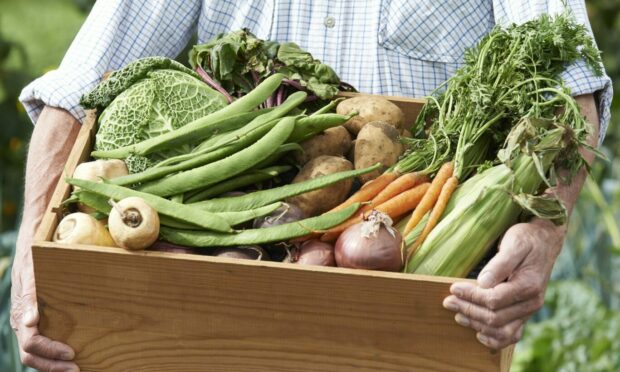
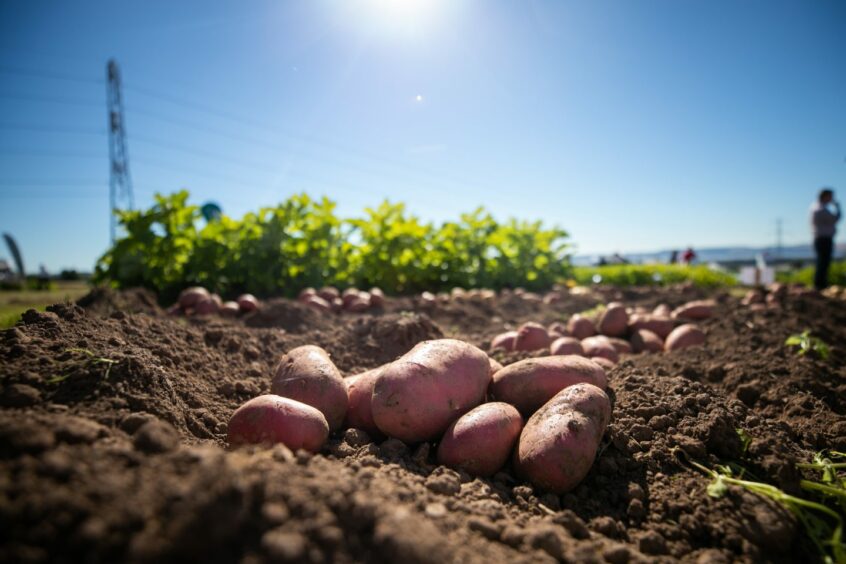

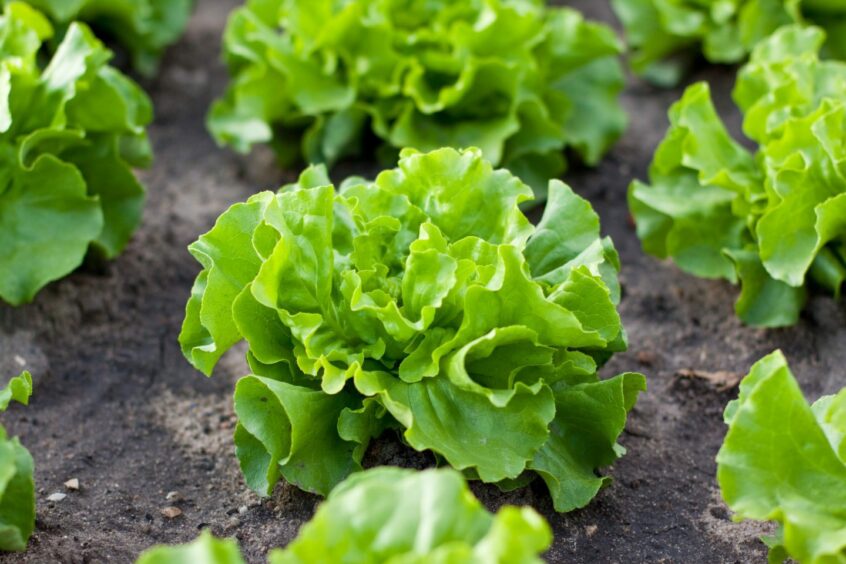
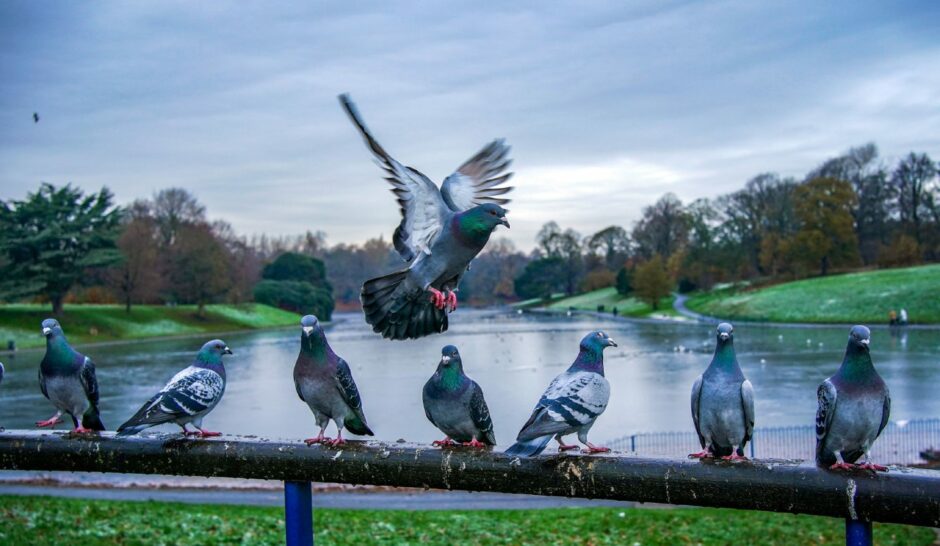
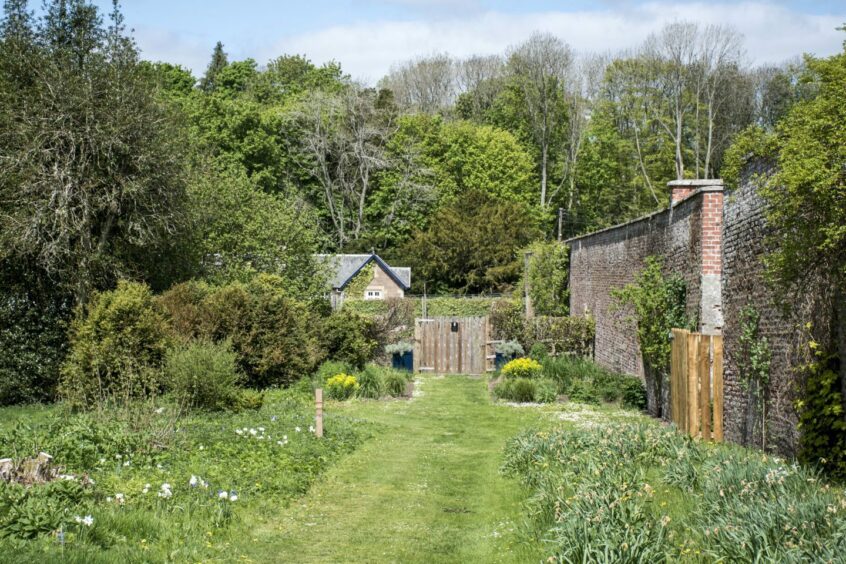










Conversation